Principal Investigator
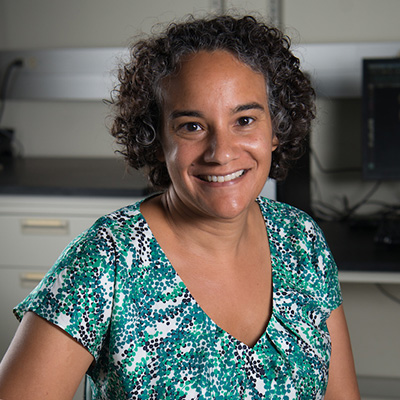
Susan Williams (Curriculum Vitae)
Professor of Anatomy
willias7@ohio.eduMy research interests developed from a fascination with the complexity and morphological diversity of the mammalian skull and teeth. From there, I became interested in understanding how the moving parts feeding apparatus are coordinated during feeding, variability in movement and motor patterns driving this movement, and the reciprocal influences diet and muscle function have on bone. I use the vertebrate feeding apparatus as a model system for investigating sensorimotor integration in the feeding apparatus, the kinematics of feeding, masticatory loading and its effect on skeletal morphology, muscle coordination and development, and motor pattern evolution.
Post-doctoral Associate
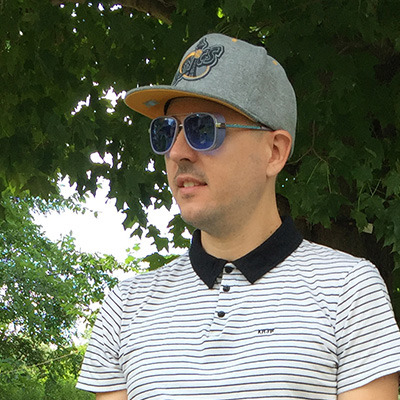
Dr. Stéphane Montuelle
Stéphane's primary interest is in the role of predator-prey interactions during the evolution of vertebrates. To investigate these interactions, his research focuses on feeding behavior, especially prey capture behavior. To date, most studies of feeding behavior in vertebrates quantify movements of the trophic elements like the jaws and the hyolingual apparatus. However, feeding performance is now considered to be based on a complex integrative performance involving movements of the trophic elements with those of the locomotor elements such as the vertebral axis and the forelimbs particularly. His work aims at documenting and testing the coordination of locomotor and trophic movements during feeding behavior, and whether such coordination responds to prey stimuli.
This work has been initiated at the Museum National d’Histoire Naturelle of Paris, France with prof Vincent Bels, and the help of engineer Paul-Antoine Libourel and Dr. Anthony Herrel, using squamate lizards as predator model. Indeed, squamate lineage is a relevant model for the study of locomotor-trophic functional integration because several key adaptations in their evolution are linked to feeding behavior. Key feeding adaptations include specialization in foraging activity (ambush sit-and-wait predators or active foragers), prey detection (visual or chemoreception), prey prehension (tongue-based or jaws-only), and transport mode (lingual and inertial). The comparative framework of squamate lineage makes it a relevant framework to test different hypothesis about the role of locomotor-trophic integration in evolution, especially in respect to co-evolution and trade-offs at the morphological and the functional level.
Selected Publications:
- Mahato NK, Montuelle S, Goubeaux C, Cotton J, Williams S, et al. (2017) Quantification of intervertebral displacement with a novel MRI-based modeling technique: Assessing measurement bias and reliability with a porcine spine model. Magn Reson Imaging 38: 77-86.
- Reilly SM, Montuelle SJ, Schmidt A, Krause C, Naylor E, et al. (2016) Pelvic function in anuran jumping: Interspecific differences in the kinematics and motor control of the iliosacral articulation during take-off and landing. J Morphol 277: 1539-1558.
- Reilly SM, Montuelle SJ, Schmidt A, Krause C, Naylor E, et al. (2016) Functional evolution of jumping in frogs: Interspecific differences in take-off and landing. J Morphol 277: 379-393.
- Williams SH, Lozier NR, Montuelle SJ, de Lacalle S (2015) Effect of Postnatal Myostatin Inhibition on Bite Mechanics in Mice. PLoS One 10: e0134854.
- Montuelle SJ, Williams SH (2015) In Vivo Measurement of Mesokinesis in Gekko gecko: The Role of Cranial Kinesis during Gape Display, Feeding and Biting. PLoS One 10: e0134710.
- Zghikh LN, Vangysel E, Nonclercq D, Legrand A, Blairon B, et al. (2014) Morphology and fibre-type distribution in the tongue of the Pogona vitticeps lizard (Iguania, Agamidae). J Anat 225: 377-389.
- Montuelle SJ, Herrel A, Libourel PA, Daillie S, Bels VL (2012) Flexibility in locomotor-feeding integration during prey capture in varanid lizards: effects of prey size and velocity. J Exp Biol 215: 3823-3835.
- Williams SH, Stover KK, Davis JS, Montuelle SJ (2011) Mandibular corpus bone strains during mastication in goats (Capra hircus): a comparison of ingestive and rumination chewing. Arch Oral Biol 56: 960-971.
- Schaerlaeken V, Montuelle SJ, Aerts P, Herrel A (2011) Jaw and hyolingual movements during prey transport in varanid lizards: effects of prey type. Zoology (Jena) 114: 165-170.
- Legreneur P, Monteil KM, Pelle E, Montuelle S, Bels V (2011) Submaximal leaping in the grey mouse lemur. Zoology (Jena) 114: 247-254.
- Montuelle SJ, Herrel A, Libourel PA, Reveret L, Bels VL (2010) Separating the effects of prey size and speed on the kinematics of prey capture in the omnivorous lizard Gerrhosaurus major. J Comp Physiol A Neuroethol Sens Neural Behav Physiol 196: 491-499.
- Montuelle SJ, Herrel A, Schaerlaeken V, Metzger KA, Mutuyeyezu A, et al. (2009) Inertial feeding in the teiid lizard Tupinambis merianae: the effect of prey size on the movements of hyolingual apparatus and the cranio-cervical system. J Exp Biol 212: 2501-2510.
- Montuelle SJ, Herrel A, Libourel PA, Reveret L, Bels VL (2009) Locomotor-feeding coupling during prey capture in a lizard (Gerrhosaurus major): effects of prehension mode. J Exp Biol 212: 768-777.
- Montuelle SJ, Daghfous G, Bels VL (2008) Effect of locomotor approach on feeding kinematics in the green anole (Anolis carolinensis). J Exp Zool A Ecol Genet Physiol 309: 563-567.
Lab Technician
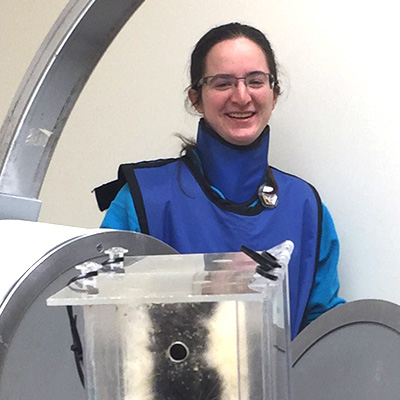
Hannah Curtis
Hannah has been working as a Lab Technician in the Williams Lab since 2016. She is involved in all aspects of the research, including assisting with experiments by lab personnel. Her specialty, however, is animal training. She works with all of our research animals and uses clicker training to ensure the success of our experiments. Finally, in her spare time she works at Adventure Unleashed at their Puppy Day School.
Graduate Students
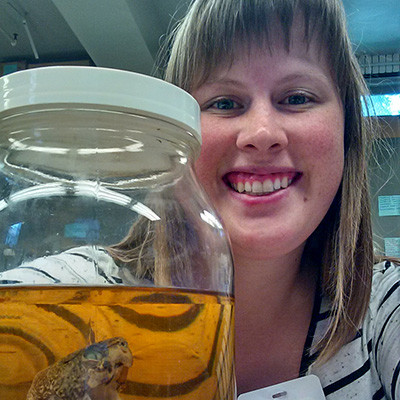
Jasmine Croghan, PhD Student
Jasmine’s is interested in the origins and causal factors affecting skeletal shape change in tetrapods over evolutionary time, across populations, and within an individual's lifetime. Her project utilizes the crania of Testudines (all living turtles, terrapins, and tortoises) as a model for exploring the relationships between skeletal morphology, muscle morphology and function, measures of feeding performance, and ecological variables. She is correlating skeletal shape change with functional and performance changes in the feeding system and behavioral changes in the organism, thus linking potential selective pressures to variation in every level of the ecomorphological paradigm.
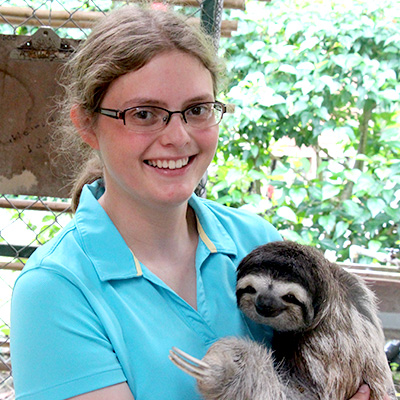
Rachel Olson, PhD Student
Rachel is interested in soft tissue biomechanics as they relate to kinematics. She is currently studying the tongue’s usage during feeding and drinking in mammals.
Undergraduate Honors Tutorial College Students
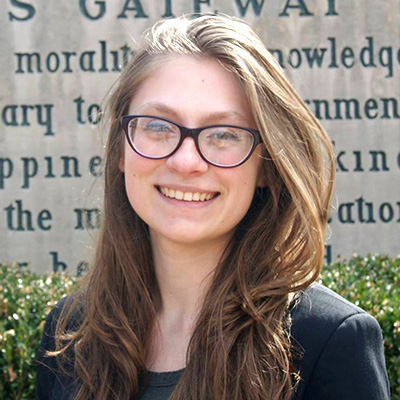
Charlotte Klimovich (graduated 2017)
Charlotte’s interests relate to veterinary public health. Since high school, she has been collecting information about the movement of raccoon rabies variant (RRV) between raccoons and skunks, enabling the United States RRV outbreak to spread westward. She recently completed a thesis comparing the anatomy of the two species as it relates to the way they chew rabies vaccine baits. Her work takes a new approach to understanding why these differences in vaccination rates persist by exploring biomechanical and physiological differences relating to biting, bait handling, oral processing and swallowing between skunks and raccoons that may contribute to differences in oral immunization success. Charlotte has received a Student Enhancement Award Recipient ($6,000) and Provost Undergraduate Research Fund grant ($1,415) for this work. She also was a National Oceanic and Atmospheric Administration Hollings Scholarship Awardee in 2016. Charlotte completed her Honors Tutorial College thesis on the physiological and biomechanical basis of differential success in oral rabies vaccination rates between skunks and raccoons in 2017. She is currently a student in the Critical Studies in Educational Foundations Master’s program at Ohio University but in her spare time continues to work in the Williams lab.
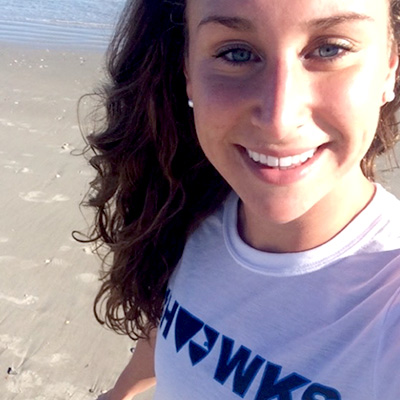
Kimberly Zehnder
Kim is a junior majoring in pre-dental biological sciences. She plans on going into the dental field, specifically orthodontics, and has been learning various topics in the Williams lab ranging from oral anatomy in humans to gape and bite force mechanics in rodents. Outside of the lab, she enjoys crossfit training and spending time outdoors.
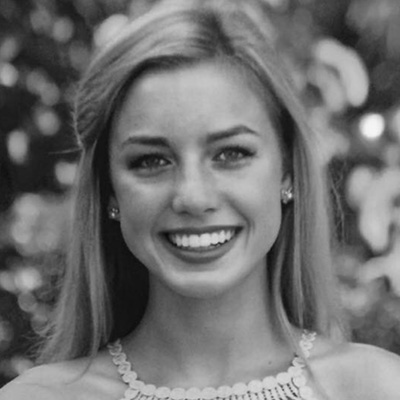
Emma Chubb
Emma is a sophomore majoring in biological sciences / pre-dentistry with a minor in business administration.
Artist-in-Residence
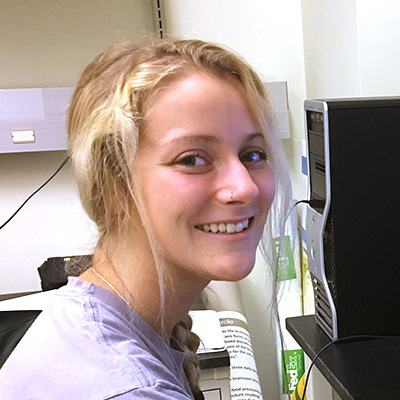
Regan Falin
Regan Falin is a Painting and Drawing BFA student and a minor in Biological Sciences. Currently in her third year, she is working with traditional and physical mediums as well as art software like Adobe and Avizo to create digital renderings and 3-D models. Subjects of her art include the investigation of the human body and other biological specimens.
Current Undergraduate Lab Assistants
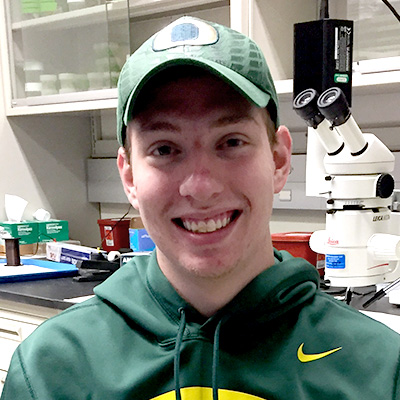
Eric Armbrecht
Eric is a freshman physical therapy major, but is honing his skills in comparative anatomy and doing 3D reconstructions in Avizo.
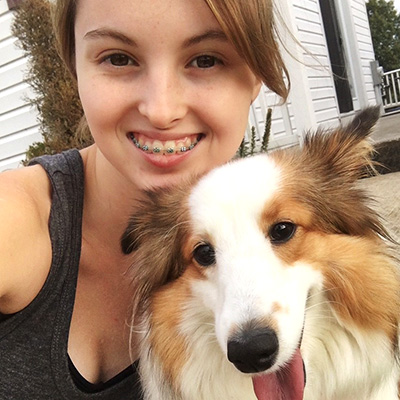
Adrianne Crabtree
Adrianne is a sophomore taking College Credit + courses as a high school student and is majoring is a Biology major in the Pre-Veterinary Medicine program.
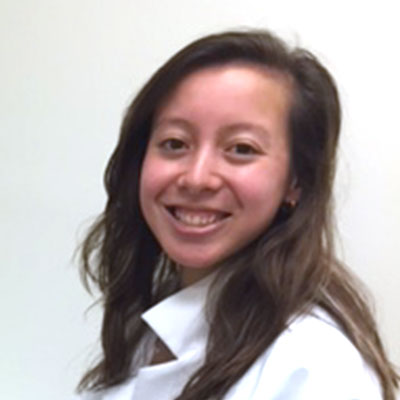
Marissa O’Callaghan
Marissa O’Callaghan is a senior biology/pre-veterinary medicine major. She intends to pursue a career in small animal medicine with a passion for working in veterinary medicine. She is a member of the OU western equestrian team and enjoys volunteering at Bella Run Equine Rescue.
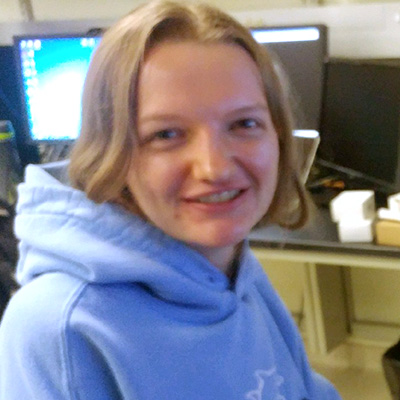
Katie Oldenburg
Katie is a junior Biology major intending on going to professional school for medicine. She likes to snowboard in the winters and she does community service with a service club on campus. She also works as a research assistant for Dr. Soichi Tanda on genetics projects.
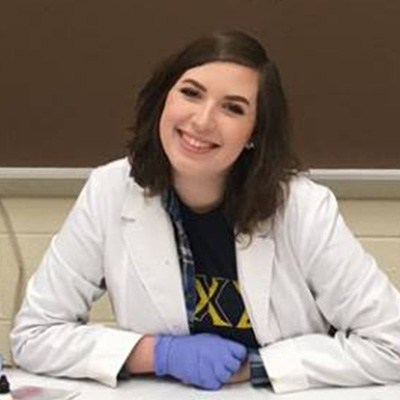
Devin Ordich
Devin is an Ohio University senior majoring in Forensic Chemistry and minoring in Anthropology.
Recent Lab Alumnae
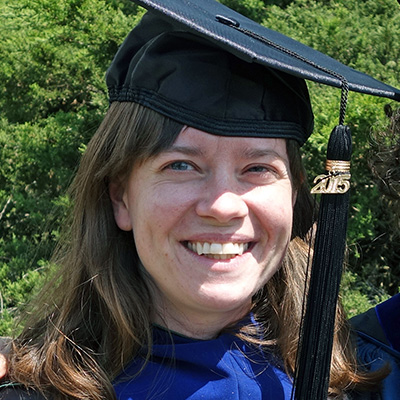
Dr. Jillian Davis
Jillian received her PhD in 2014 and is currently and Assistant Professor of Exercise Sciences at High Point University in North Carolina.
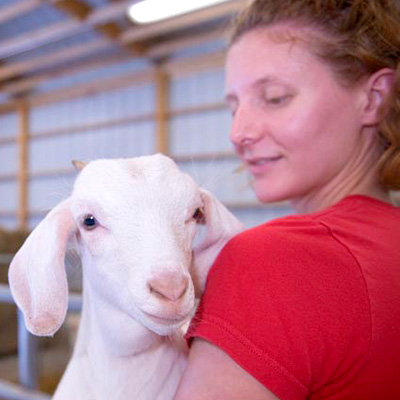
Dr. Kristin Stover
Kristin was an Honors Tutorial College student in my lab who did her senior thesis (2009) on the scaling of chewing cycle rate in ungulates. She went on to receive her MS (2012) from the University of Charleston where she worked with Lou Burnett and a PhD from Brown University (2017) where she worked with Tom Roberts and Beth Brainerd. She is currently doing a post-doc at UC Irvine with Dr. Manny Azizi.
Seham Ben Amer
Seham received her MS in Biology in 2012. In the Williams lab, she did some preliminary analyses of movements of the symphyseal joint in the goat. She is currently in Libya practicing as a dentist.